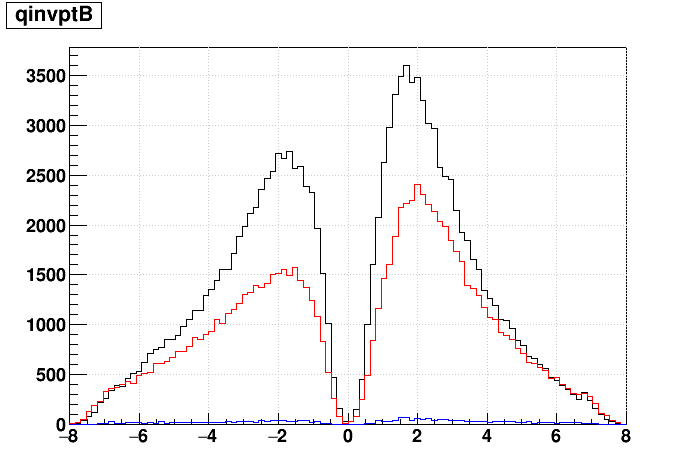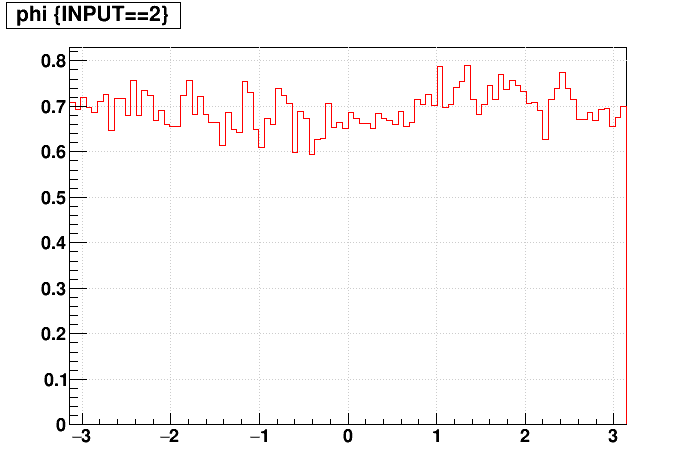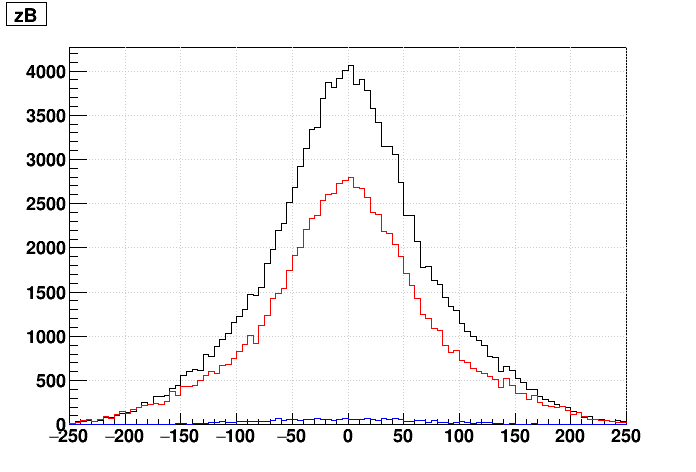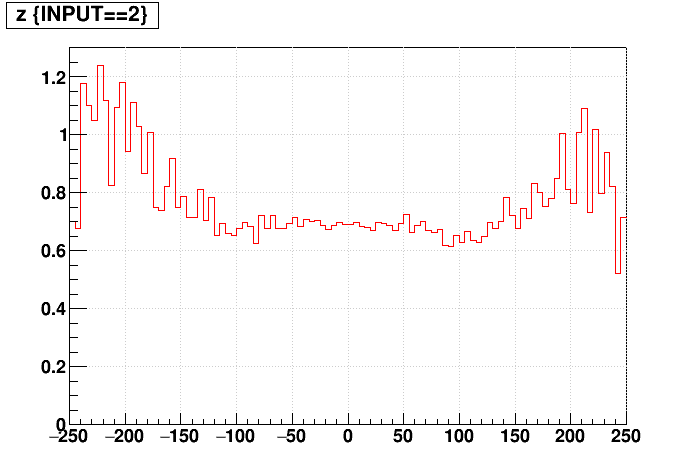- genevb's home page
- Posts
- 2025
- 2024
- 2023
- 2022
- September (1)
- 2021
- 2020
- 2019
- December (1)
- October (4)
- September (2)
- August (6)
- July (1)
- June (2)
- May (4)
- April (2)
- March (3)
- February (3)
- 2018
- 2017
- December (1)
- October (3)
- September (1)
- August (1)
- July (2)
- June (2)
- April (2)
- March (2)
- February (1)
- 2016
- November (2)
- September (1)
- August (2)
- July (1)
- June (2)
- May (2)
- April (1)
- March (5)
- February (2)
- January (1)
- 2015
- December (1)
- October (1)
- September (2)
- June (1)
- May (2)
- April (2)
- March (3)
- February (1)
- January (3)
- 2014
- December (2)
- October (2)
- September (2)
- August (3)
- July (2)
- June (2)
- May (2)
- April (9)
- March (2)
- February (2)
- January (1)
- 2013
- December (5)
- October (3)
- September (3)
- August (1)
- July (1)
- May (4)
- April (4)
- March (7)
- February (1)
- January (2)
- 2012
- December (2)
- November (6)
- October (2)
- September (3)
- August (7)
- July (2)
- June (1)
- May (3)
- April (1)
- March (2)
- February (1)
- 2011
- November (1)
- October (1)
- September (4)
- August (2)
- July (4)
- June (3)
- May (4)
- April (9)
- March (5)
- February (6)
- January (3)
- 2010
- December (3)
- November (6)
- October (3)
- September (1)
- August (5)
- July (1)
- June (4)
- May (1)
- April (2)
- March (2)
- February (4)
- January (2)
- 2009
- November (1)
- October (2)
- September (6)
- August (4)
- July (4)
- June (3)
- May (5)
- April (5)
- March (3)
- February (1)
- 2008
- 2005
- October (1)
- My blog
- Post new blog entry
- All blogs
Sti comparison between SL16b for HitReUseOn
Updated on Thu, 2016-11-17 14:41. Originally created by genevb on 2016-04-12 17:11.
The option to re-use TPC hits in Sti tracks was enabled in SL16b. Here I take a look at the tracks found with this re-use turned on (BFC chain option "hitreuseon") vs. turned off (default). For this purpose, I use my track-by-track comparison method, which also stores tracks that do not match between two samples. Cuts are identical to those used in this recent study, and Run 13 data sample of 500 events is also the same.
First, some numbers. On this page, I quote a fractional increase from re-use TPC tracks: a fractional increase of 0.50 means that there are 50% more tracks when re-using TPC hits, e.g. 100 default tracks and 150 tracks when re-using TPC hits.
Matches: 129040
Unmatched from re-use: 89699
Unmatched from default: 2572
For 1-D comparisons, the first plot shows three distributions: matched tracks (black), unmatched tracks from re-use (red), unmatched tracks from default (blue); the second plot shows the ratio of red/black, i.e. the fractional increase of tracks due to turning on re-use.
Here are some additional 2-D comparisons. First plot is matched tracks, second is unmatched tracks from re-use, third is unmatched tracks from default, fourth shows the ratio of second/first, i.e. the fractional increase of tracks due to turning on re-use.
One final note on reconstruction time (same node): 54.0 CPU-sec/event with re-use on vs. 36.9 CPU-sec/event default (46% slower with re-use on)
-Gene
First, some numbers. On this page, I quote a fractional increase from re-use TPC tracks: a fractional increase of 0.50 means that there are 50% more tracks when re-using TPC hits, e.g. 100 default tracks and 150 tracks when re-using TPC hits.
| default | re-use on | fractional increase | distributions for default (black) and re-use (red) | |
| total global tracks | 2292158 | 3201553 | 0.40 |  |
| "good" global tracks | 1095343 | 1676161 | 0.53 |  |
| primary tracks | 74829 | 123197 | 0.65 | (not available) |
| "good" primary tracks | 74827 | 123194 | 0.65 |  |
| globals passing my cuts | 131612 | 218739 | 0.66 | (not available) |
Matches: 129040
Unmatched from re-use: 89699
Unmatched from default: 2572
For 1-D comparisons, the first plot shows three distributions: matched tracks (black), unmatched tracks from re-use (red), unmatched tracks from default (blue); the second plot shows the ratio of red/black, i.e. the fractional increase of tracks due to turning on re-use.
| q/pT |  |
 |
|---|---|---|
| η |  |
 |
| φ (defined here as azimuthal angle of pointing [or momentum] vector near primary vertex) |
 |
 |
| zvertex |  |
 |
| signed DCA |  |
 |
| Nhits |  |
 |
Here are some additional 2-D comparisons. First plot is matched tracks, second is unmatched tracks from re-use, third is unmatched tracks from default, fourth shows the ratio of second/first, i.e. the fractional increase of tracks due to turning on re-use.
| q/pT vs. eta |  |
 |
 |
 |
|---|---|---|---|---|
| zvertex vs. eta |  |
 |
 |
 |
One final note on reconstruction time (same node): 54.0 CPU-sec/event with re-use on vs. 36.9 CPU-sec/event default (46% slower with re-use on)
-Gene
»
- genevb's blog
- Login or register to post comments
